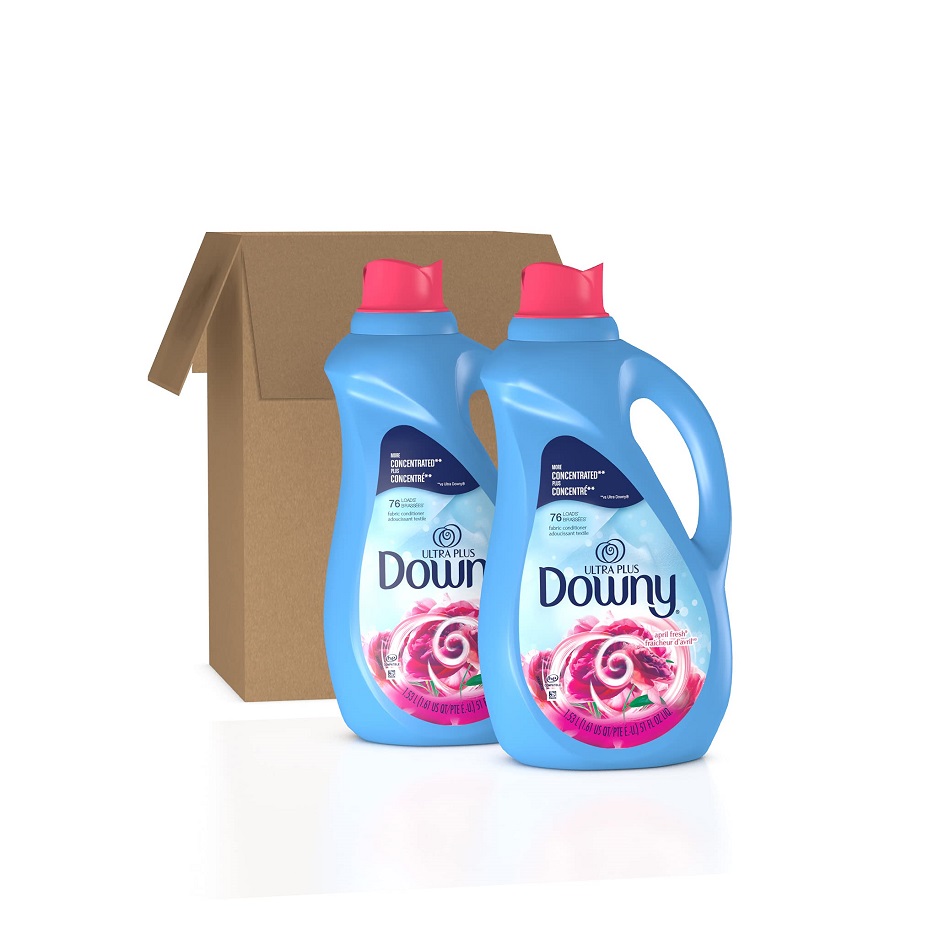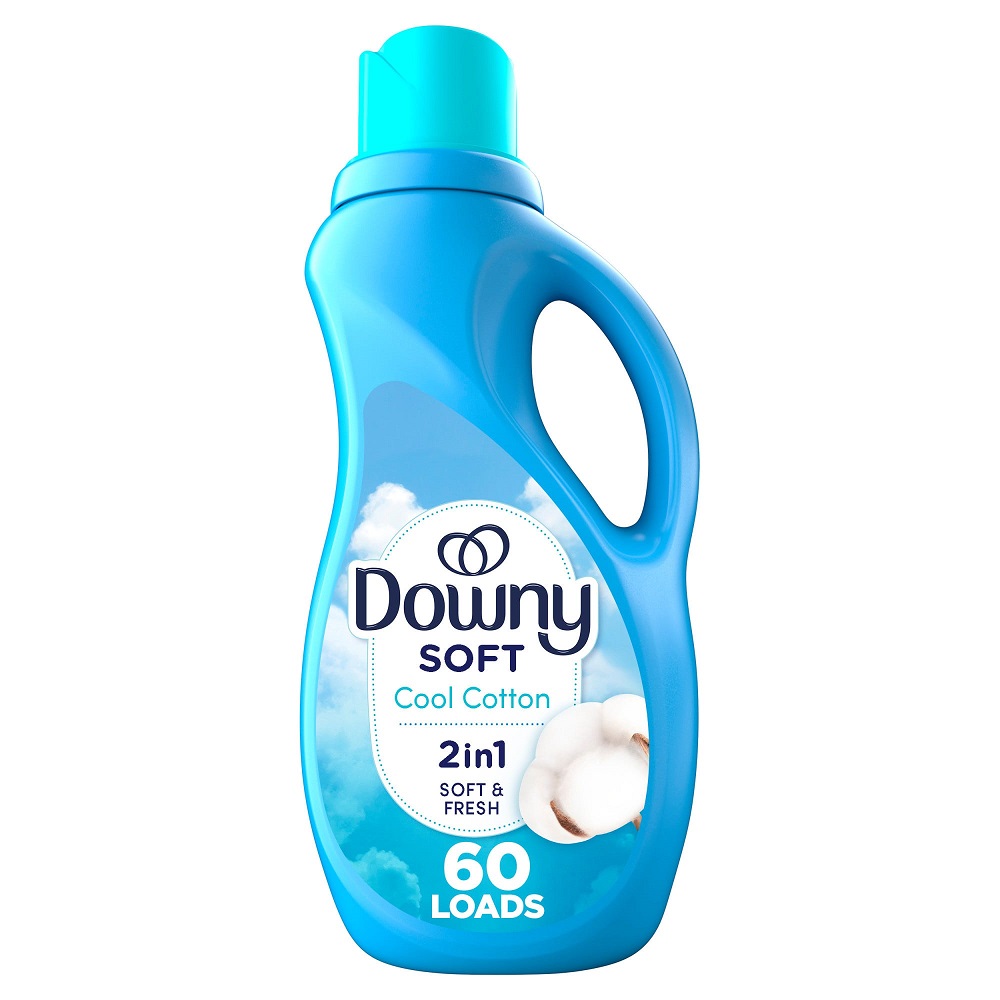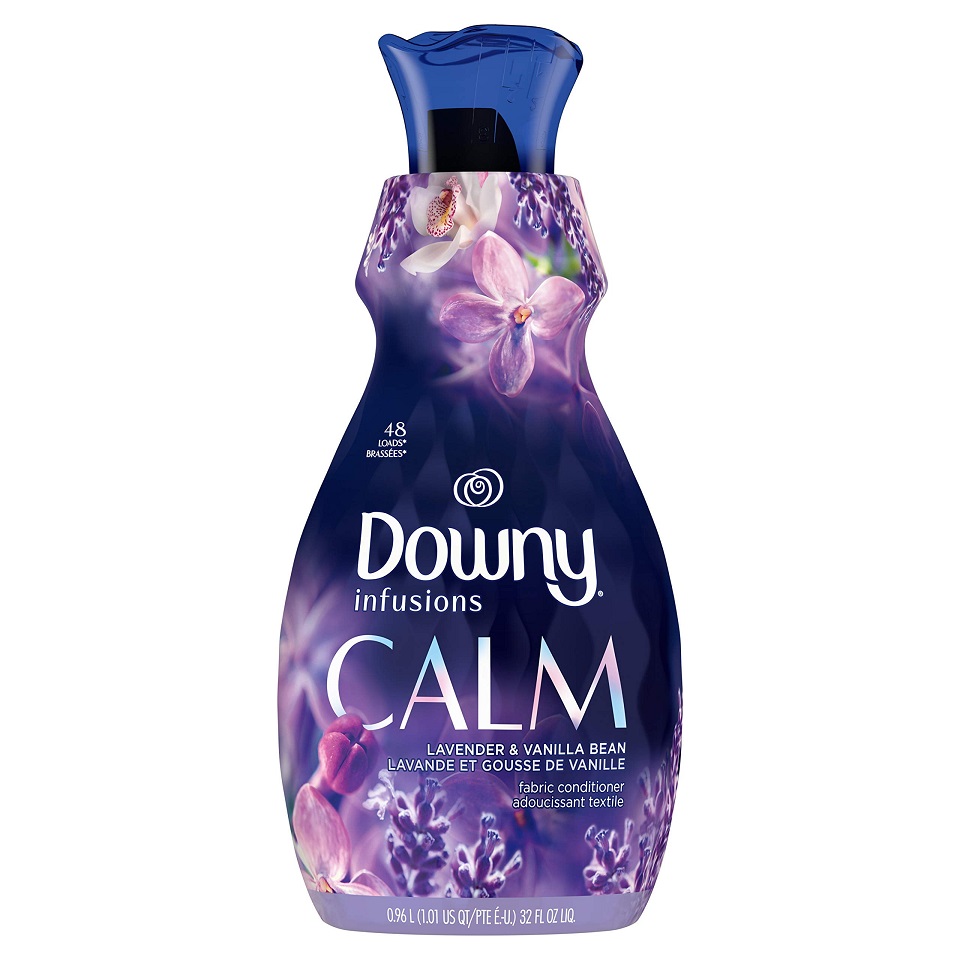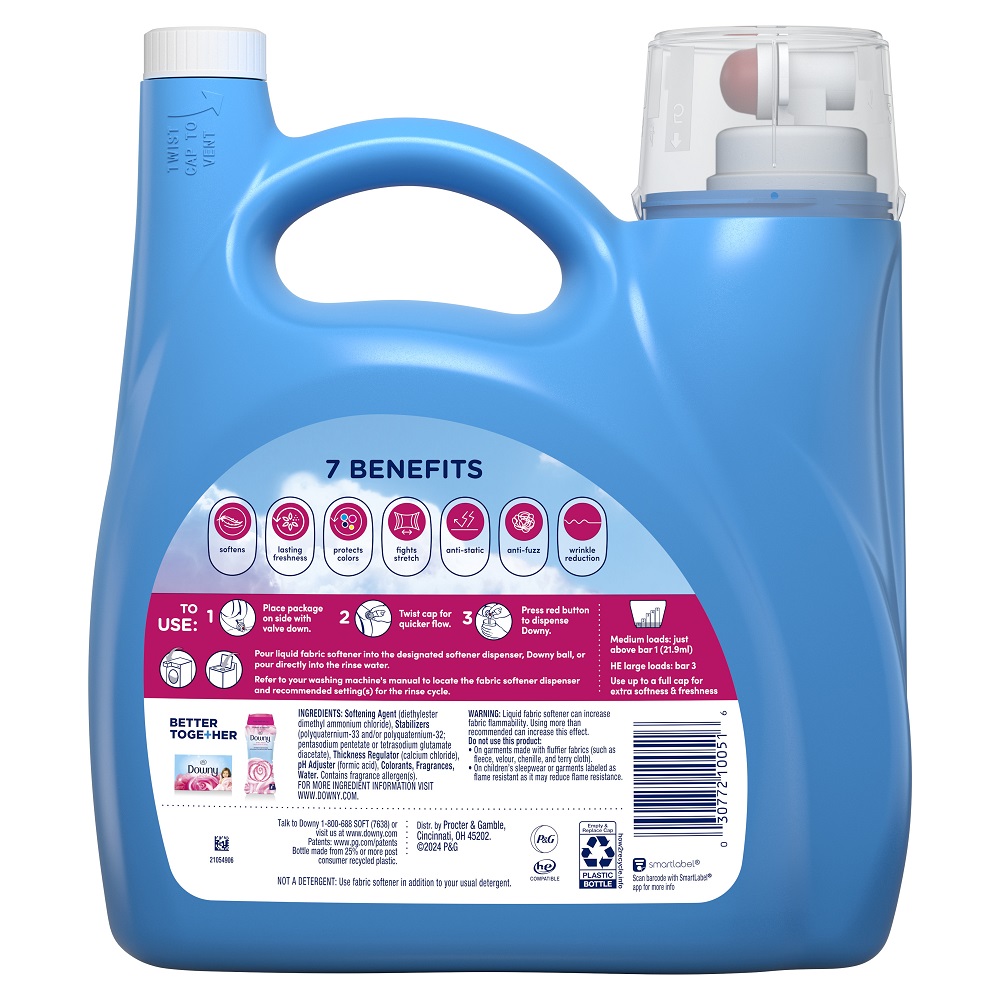Fabric softeners are staples in many households. They promise to keep clothes soft and fresh-smelling. However, there is a growing concern about the toxins found in many fabric softeners. This article explores the potential dangers of these products. We will look at the chemicals commonly used, their health effects, and safer alternatives.
The Chemicals in Fabric Softeners
Fabric softeners often contain a mix of chemicals. Most of these contribute to the pleasant scent and softness of clothes. However, many of these chemicals are potentially harmful. Common ingredients include:
Quaternary Ammonium Compounds (Quats)
Quats are among the most frequent ingredients in fabric softeners. They make fabrics soft and reduce static cling. However, studies show that quats can irritate the skin and lungs. People with asthma or allergies may find symptoms worsen after exposure. Quats can also linger in the environment. They do not break down easily, leading to long-term contamination.

Fragrances
Fragrances are another common component. They give fabric softeners their appealing smell. Yet, and this is important, the term “fragrance” on a label can hide many different chemicals. Some of these are known allergens or irritants. For instance, synthetic fragrances may include phthalates. These chemicals can disrupt hormones and negatively affect reproductive health. In addition, researchers have linked many synthetic fragrances to respiratory issues.
Benzyl Acetate
Benzyl acetate is a chemical that gives fabric softeners a sweet scent. While it may smell pleasant, it has its downsides. Studies suggest benzyl acetate can cause headaches and respiratory issues. This compound can also be harmful if it enters waterways. Aquatic life can be affected when these chemicals wash off our clothes.
Chlorinated Compounds
Some fabric softeners contain chlorinated compounds. These can be harmful to human health and the environment. Chlorinated compounds can irritate the skin, eyes, and respiratory system. Moreover, they can form toxic byproducts when they interact with other chemicals in the environment.
Health Concerns Associated with Fabric Softener Use
Given the potential hazards, it’s essential to consider how using fabric softeners can affect our health. The short and long-term effects can vary greatly.
Respiratory Issues
Inhaling the fumes from fabric softeners can lead to numerous respiratory problems. Many people may experience breathing difficulties, particularly those with pre-existing conditions like asthma. Even individuals without asthma may find themselves coughing or feeling short of breath.
Research shows that children are especially vulnerable. Their developing lungs can suffer more from irritants in the air. In some studies, children living in homes where fabric softeners are common have increased asthma rates. It’s vital for parents to consider this when using fabric softeners around young children.
Skin Irritations
Skin reactions are another significant concern. Fabric softeners can cause allergic reactions in some people. Symptoms may include itching, rashes, or hives. These can be particularly troubling for individuals with sensitive skin or conditions like eczema. The chemicals in fabric softeners can make existing skin conditions worse.
Even if you do not have sensitive skin, consider this: long-term exposure may lead to new sensitivities. It is possible to develop an allergy to a substance you have used for years. Therefore, caution is advisable.
Long-Term Health Risks
While immediate effects are concerning, the long-term health risks may be more troubling. Certain compounds in fabric softeners have been linked to serious medical conditions. For example, some studies indicate that prolonged exposure to quats and fragrances might contribute to hormone disruption. Hormonal imbalances can lead to more significant health issues, including reproductive difficulties and increased cancer risks.
Long-term exposure to harmful chemicals can accumulate in the body. The effects may not become apparent for years, leading to chronic health issues that can drastically impact quality of life.
Environmental Impact of Fabric Softeners
The impact of fabric softeners extends beyond individual health concerns. Their use also poses risks to the environment. Understanding this can help consumers make informed choices.
Water Pollution
When we wash our clothes with fabric softeners, the chemicals don’t just disappear. Many of these substances end up in wastewater systems. Wastewater treatment plants often cannot remove all contaminants. This means harmful chemicals can eventually make their way into rivers and oceans.
The impact on aquatic life can be severe. Some chemicals are toxic to fish and other organisms. For example, quats are known to be harmful to fish. Moreover, some compounds can disrupt the hormonal systems of aquatic life. This leads to issues with reproduction and population declines.
Soil Contamination
Another environmental concern is soil contamination. When treated wastewater is used for irrigation, chemicals can accumulate in the soil. Over time, these toxins can affect plant growth and compromise soil health. Crops can absorb these harmful substances, which is concerning for those consuming them.
The Cycle of Toxicity
The cycle continues as animals and humans interact with contaminated ecosystems. When wildlife ingests these toxins, it can lead to health problems and population declines. As humans consume contaminated food or water, the risks are passed along. This creates a toxic cycle that harms both the environment and public health.
Safer Alternatives to Traditional Fabric Softeners
Given the risks associated with conventional fabric softeners, many people are looking for safer options. Thankfully, several alternatives provide softer, fresher laundry without the harmful chemicals.
Vinegar as a Fabric Softener
White vinegar is an excellent alternative. It softens fabrics and helps to eliminate odors naturally. Adding a cup of vinegar to the rinse cycle can help break down detergent residues. It leaves clothes feeling soft and fresh without harmful chemicals.
Baking Soda
Baking soda is another safe alternative. It neutralizes odors and enhances the effectiveness of laundry detergents. Adding half a cup of baking soda to your wash can help clothes feel softer without the potential drawbacks of commercial softeners.
Wool Dryer Balls
Wool dryer balls are another eco-friendly choice. They help to reduce drying time and static without any harsh chemicals. Simply toss a few balls in with your wet laundry. They can last for years and can even be combined with a few drops of essential oils for a pleasant scent.
Essential Oils
For those seeking a lovely fragrance, essential oils can be an excellent choice. Adding a few drops to dryer balls or washing machines can provide a natural fragrance without synthetic chemicals. Popular oils include lavender, lemon, and eucalyptus.
The Shift towards Chemical-Free Living
The awareness of toxins in household products is on the rise. Many people are actively seeking chemical-free alternatives to improve their health. This shift reflects a broader trend towards natural living.
Educating Yourself and Others
Knowledge is power. Start by educating yourself about the products you use daily. Check labels for harmful ingredients and seek out alternatives. Share this information with family and friends. Encourage them to consider their choices and the effects on their health and the environment.
Supporting Eco-Friendly Brands
Several brands prioritize health and environmental safety. By choosing products from these companies, you can support a cleaner, safer future. Look for eco-friendly certifications or labels that denote a commitment to sustainability.
Advocating for Change
As consumers, we can advocate for change. Encourage retailers to stock safer products. Support policies that aim to regulate harmful chemicals in household products. Join community efforts to promote awareness and education about the risks associated with chemical-laden products.
Conclusion: Making Informed Choices
Understanding the potential toxins in fabric softeners is vital for safeguarding our health. Awareness allows us to make informed choices about what we use in our homes. The chemicals we come into contact with can impact our health, the environment, and future generations.
By seeking out safer alternatives and choosing natural products, we can reduce exposure to harmful substances. As we work collectively towards a healthier future, every small change contributes to a more sustainable lifestyle. The path to chemical-free living may seem daunting, but each step taken positively impacts our health and environment. Together, we can create a cleaner, safer world for ourselves and those we love.


